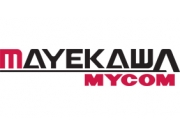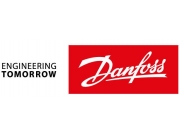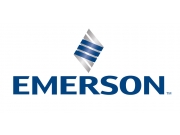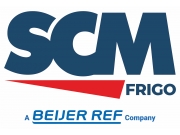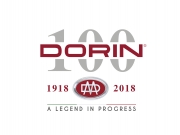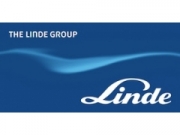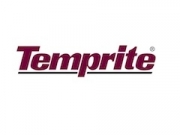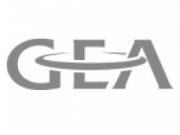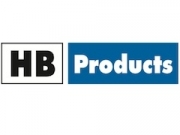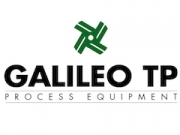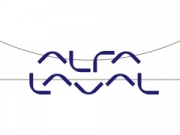Events
 |
Randall Haseman - UL Standards - Update on Natural Refrigerants
PDF document
published on 13 June 2012
Haseman provides an update on UL standards for natural refrigerants, including carbon dioxide and hydrocarbons. In addition to household refrigerators, UL has developed requirements for the use of flammable refrigerants in commercial refrigerators, vending machines, and room air conditioners. The presentation discusses the refrigerant charge limits for A3 category refrigerants (including hydrocarbons) set by UL standards for the different types of application. Haseman’s presentation also provides an overview of UL standard requirements for carbon dioxide as a secondary coolant and in transcritical mode. Finally he discusses the work of the Flammable Refrigerants Joint Task Group (JTG) and its three working groups.
view presentation
 |
Patrick Murphy - Handling HC Refrigerants and Technician Safety
PDF document
published on 13 June 2012
Murphy of RSES, a leading provider of training and education for professional HVACR technicians and contractors in the US, first points out the areas in which most HVAC&R technicians currently have an inadequate understanding, including heat transfer fundamentals and refrigerant handling. He then describes RSES new training programme on flammable refrigerants developed together with the industry, which reviews the training information. The programme covers environmental impact, SNAP approval, regulations, lessons learnt and information from the EU and other regions, refrigerant safety, classification, flammability, etc…
view presentation
Workshop |
End Users Panel - Consumer brands and more |
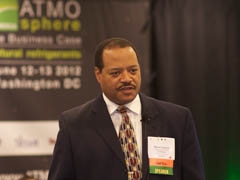 |
Steven Cousins - Natural Refrigerant in Cold Drink Equipment
PDF document
published on 13 June 2012
Steven Cousins presents an overview of Coca-Cola’s commitment to purchasing only HFC free equipment by 2015. Coca-Cola expects to have placed 650,000 HFC-free natural refrigerant machines by the end of the year and has selected CO2 as the refrigerant of choice. However, to accelerate the phase out of HFCs supply chain development of CO2 components is needed to meet Coca-Cola’s demand. Currently availability of compressors, expansion valves, and gas-coolers is not sufficient. SNAP approval for R744 zone-cooled and fully shelf-style vending machines is pending
view presentation
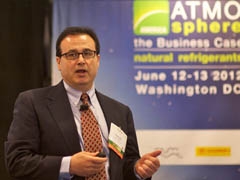 |
Emad Jafa - PepsiCo Journey HFC Alternatives Equipment Sustainability
PDF document
published on 13 June 2012
Emad Jafa presents PepsiCo’s “Performance with Purpose” together with the company’s three-pronged approach to reducing greenhouse gas emissions: energy reduction; HFC free refrigerants; external initiatives. By the end of 2011 PespsiCo had installed over 147,000 HFC free units, each one of three different systems: R290, R600a and CO2. Today PepsiCo's coolers consume 48%, and its vending machines use 47%, less energy than 2004 models. A key issue to be addressed for the further roll-out of natural refrigerant technology is establishing a service infrastructure awareness raising.
view presentation
 |
Andrea Asch - Experience with Natural Refrigerants
PDF document
published on 13 June 2012
Andrea Asch presents Ben & Jerry’s Statement of Mission and Unilever’s Sustainable Living Plan, before discussing the company’s roll-out of hydrocarbon (HC) freezer technology in the US, the result of the successful collaboration between the two companies. In 2012 Ben and Jerry’s will have 700 HC freezers in the US, following the December 2011 SNAP approval of HC gas. Future plans are to continue the implementation of HC freezers, improve energy efficiency and expand the technology to other cabinets.
view presentation
 |
Dominic Babineau - Efficiency redefined for dairy/cheese plants
PDF document
published on 13 June 2012
Babineau presents his experience with two projects integrating CO2 heat pumps in dairy/cheese plants in Quebec, Canada. The system design challenge in these projects emanates from the different temperatures required during the dairy/cheese production process. In the first project at Fromagerie Polyethnique, a MAYEKAWA CO2 heat pump provides hot water for washing as well as chilled water for the maturing room, milk storage and crystopia storage ice bank, saving an estimated 105,000 liters of propane fuel per year. The yearly energy savings estimation from the second project at Fromagerie Fritz Kaiser is even higher, amounting to about 125,000 liters of propane fuel. Here the plant gets more benefit out of the CO2 heat pump unit by covering more heating needs in the building: despite washing water, the heat is also used for pasteurisation and production processes.
view presentation
Technology Case Study Session 2 |
 |
Rob Lamb - Innovation in low charge, packaged ammonia refrigeration systems for temperature controlled storage and HVAC
PDF document
published on 13 June 2012
Star’s case study presentation about low charge, high efficiency packaged ammonia cooling solutions for three different applications demonstrates the viability and operational benefits of this ammonia technology applicable to the North American market. ‘Critical charge’ system designs have reduced ammonia charges in excess of 80%. The use of inverted technology and developments in heat exchanger technology have ensured that efficiencies match and surpass those of traditional pumped circulation and flooded solutions. The presentation shows best practice using case studies relevant for the North American market.
view presentation


